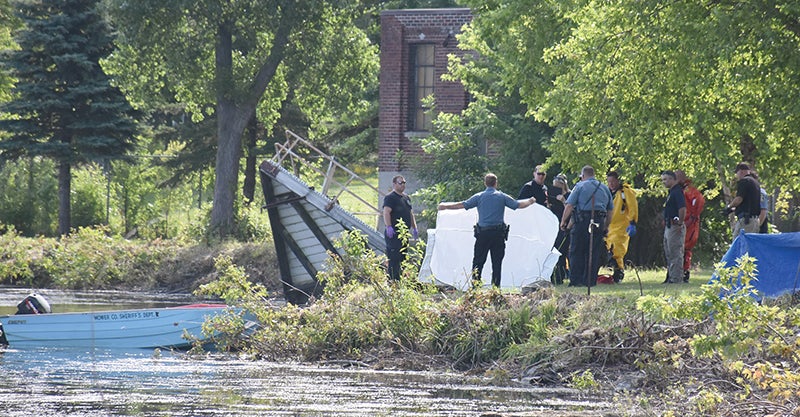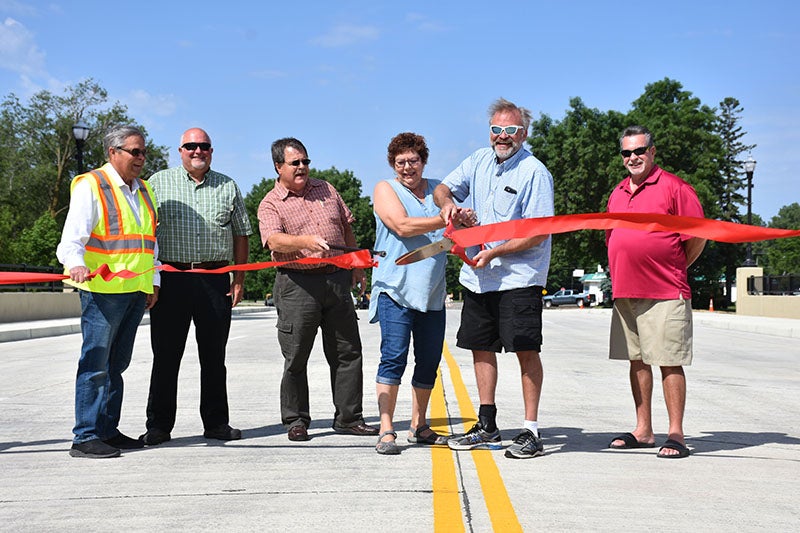Taking the arts to the Capitol stage
Published 6:00 pm Saturday, March 10, 2012
Supporters of the Legacy Amendment were able to send a very clear message to Minnesota Legislators last Wednesday — don’t use that money for the new Minnesota Vikings Stadium.
Using the Arts Advocacy Day as a forum on Feb. 29, arts supporters from around Minnesota, including a group from Austin, voiced concern that money might be shifted toward the proposed stadium.
The amendment allocates money to things like clean water, parks, cultural heritage and the arts. Places like the Mower County Historical Society, Paramount Theatre and Austin Public Library are two sites in Austin alone that have benefited from Legacy money.
All of which seem on the opposite side of the state from a new football stadium.
“Part of the way the amendment was written is that money has to go to specific areas,” said Paramount executive director Jennie Germain who headed a group from historic theatre. “The stadium doesn’t meet that criteria.”
This didn’t mean that the people were against the stadium.
“In fact, a majority of our group are for the stadium,” Germain said. “We just don’t want money specifically for that.”
The good news is that legislators indicated to Germain and others that Legacy money is safe from being used to help fund the stadium.
What became clear is how good the Legacy Amendment is for Minnesota. The Paramount recently used money from a grant it had written this past January to take the preliminary steps in renovating the Paramount Theatre such as designing concepts and looking for an architect. Germain said the Paramount is taking another shot in July at obtaining a grant from Legacy to continue work towards renovation.
It’s things like this that Legacy helps keep alive and why it’s so important, not only to the metropolitan areas of Minnesota, but the entirety of the state.
Of course, as good as it is, it has its complications. Germain pointed to funding schools as a part of this.
“One of the things is whether or not money would be used for art education,” Germain said, speaking towards whether Legacy money could be used in schools. “The language dictates that it can’t directly go to that.”
Instead, there is a side-step that would allow Legacy money to be used for such things as artists in residence.
To further emphasize the good things Legacy has done for Austin and greater Minnesota, a list was also provided for Legislators featuring what has received funding and some of the success stories.
Germain said the Legislators representing various parts of southeastern Minnesota, including the Austin area, were very receptive of what the group demonstrated, specifically that Legacy allowed groups to come together.
“It’s let us work with different groups that we may not have worked with before,” Germain said.
“I think everyone we talked to, seemed really positive in their support,” she added.
Ultimately, what Legacy comes down to is what that money can help and the responsibility communities have to assume in order to gain access to that money.
“For us to grow we have to continue to apply,” Germain said. “In fact that was a critique was that a lot of it (funding) was going to the metro area. We have to be more responsible to go out and get this money.”






